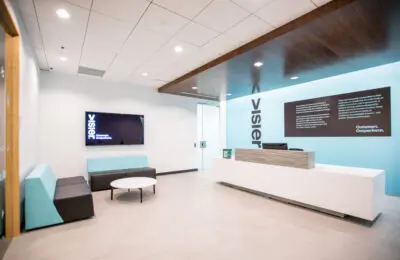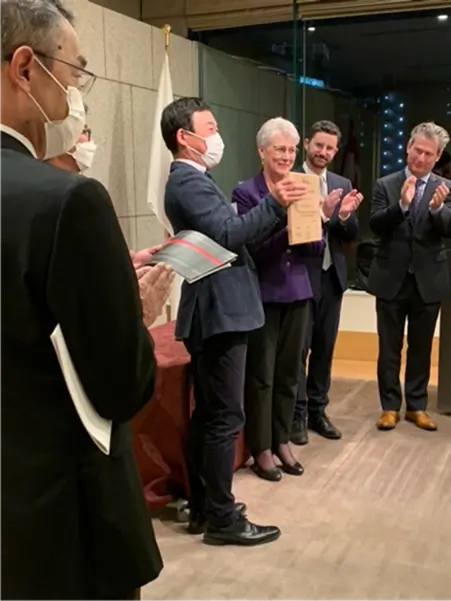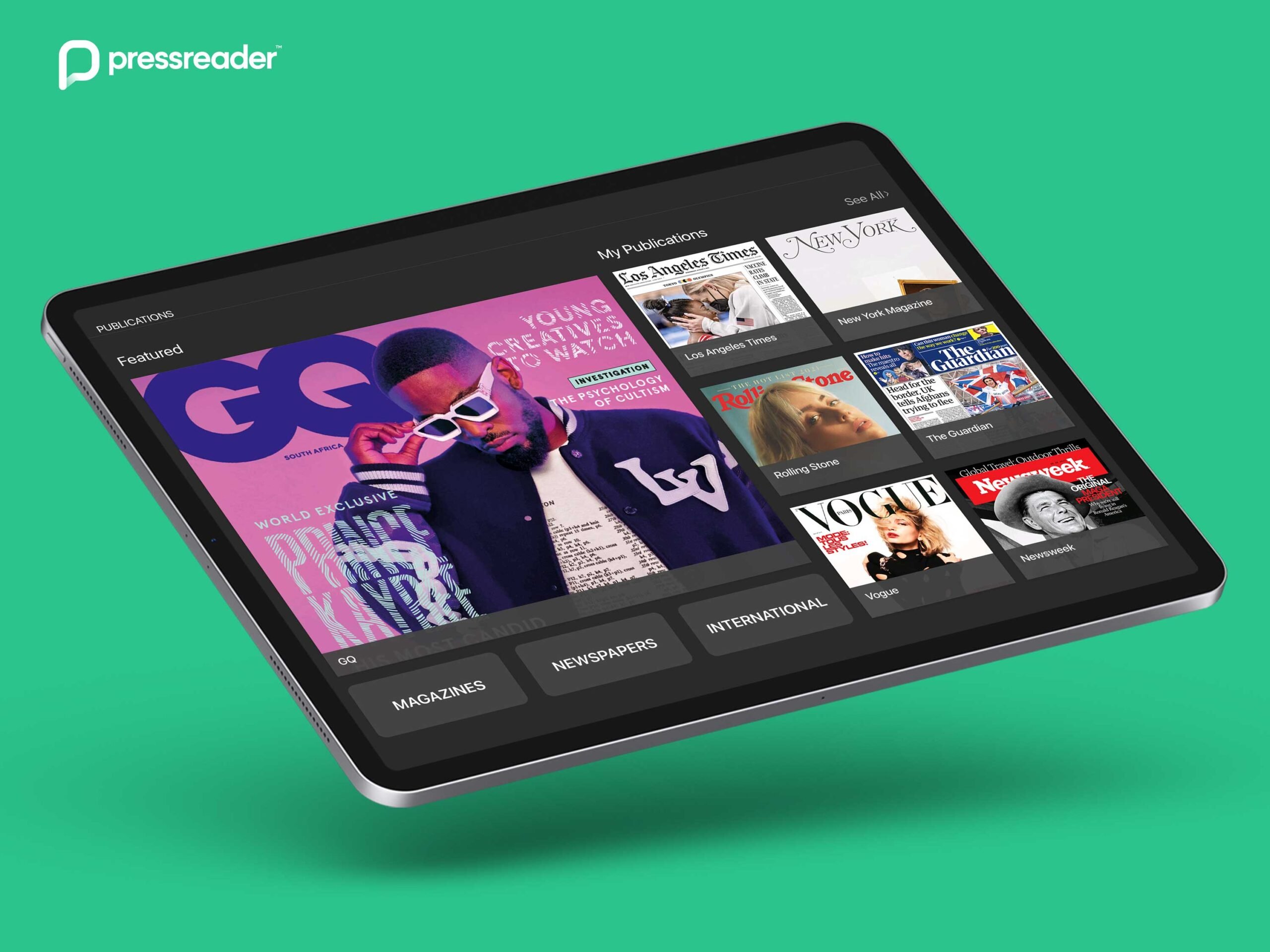How Mining is Driving Clean Tech
Economic growth and environmental awareness are building demand for the copper used in clean technologies such as electric vehicles (EVs), solar and wind power. This global shift towards greener economies is stimulating growth in British Columbia’s mining industry. Here on Canada’s west coast, the mountains and river valleys hold minerals the world needs for technology, innovation and society’s transition to a lower carbon future.
Canada has the world’s 10th-largest copper reserves and production, and was the world’s eighth-largest producer in 2016. British Columbia produces over half of Canada’s total copper.
Copper is an essential ingredient in clean energy technologies. It is used in wind and solar power solutions as well as electric cars, which require four times as much copper as internal combustion engines. It’s also widely used in batteries, energy storage and transmission. Copper conducts energy very efficiently, so it makes an excellent component for wiring, cabling and transformers. It is also recyclable, meaning that as technologies advance, old hardware with copper pieces can be dismantled and recycled into new tech.
In EVs, copper is an essential part of the motor coils, batteries and cabling. Each battery electric vehicle uses 184 lbs of copper, more than twice that of hybrids (88 lbs) and almost four times that of gas-powered cars with internal combustion engines (roughly 48 lbs). Charging stations also require a significant amount of copper cabling.
Solar power systems have copper in the heat exchangers as well as the wiring and cabling. With the price of solar panels dropping, it is becoming an increasingly viable alternative energy. One of the hurdles of solar power is that it needs to be stored for periods of time, for example, overnight or during cloudy days when the panels do not receive optimal exposure. Currently, that hurdle is overcome with batteries, all of which require copper. For example, a lithium ion battery contains 440 lbs of copper per milliwatt-hour and a flow battery 540 lbs of copper per milliwatt-hour.
The average inland wind turbine can contain up to 4.7 tons of copper wiring, components and transformers. Offshore turbines require more cabling to deliver the power back to land, so they use significantly more copper than inland turbines.
British Columbia’s rich deposits of copper are contributing to a brighter, cleaner, greener future.
Looking to invest and expand? In British Columbia, sustainability and environmental practices are a priority, so investors and consumers can be assured that they are supporting organizations with a view to the future. Dig into sector advantages and opportunities, or follow us on LinkedIn or Twitter for regular updates.





